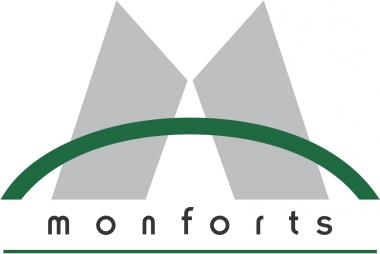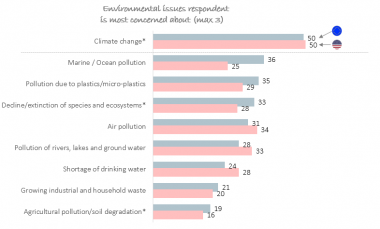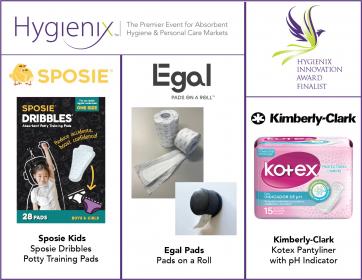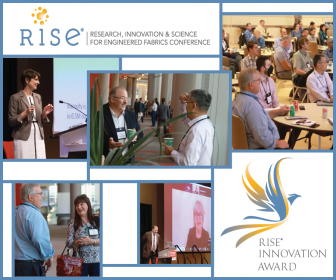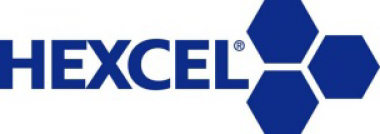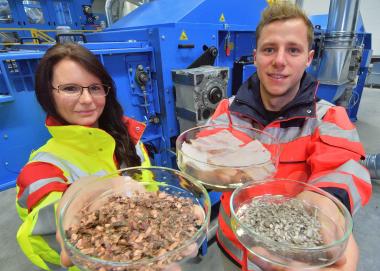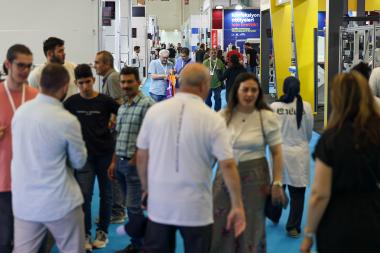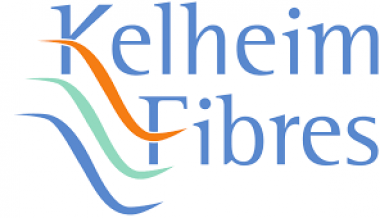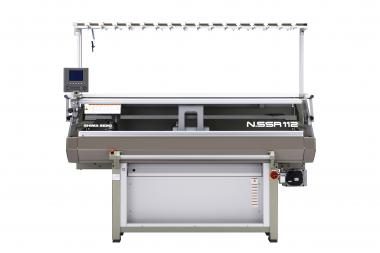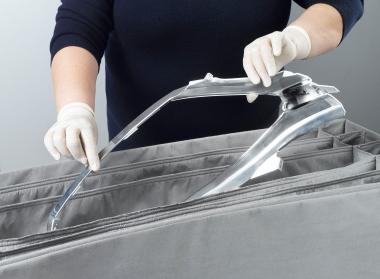Montalvo promotes Vince Mullen to Manager of North American Sales
The Montalvo Corporation, an international company in web tension control products and services based in Gorham Maine, has promoted Inside Sales Support Manager Vince Mullen to Manager of North American Sales.
Russ Hall, Montalvo CEO said, “Vince has more than proven himself in his years of working with Team Montalvo on the Inside Sales Support Team. And most recently he has done an impressive job leading that department. He will continue leading that department in addition to taking on a more direct role of working with all of our Field Sales Representatives across North America.”
About the new position Mullen said, “having joined Montalvo since moving to Maine from the UK I have enjoyed working with and learning from the very best in web tension control. It’s a great honor to have been given this promotion and I am excited for the future of our company as new developments enter our product portfolio, along with working with our more traditional lines. Our teams at Montalvo are fully committed to embracing the day to day and long term needs of our customer base and I am especially looking forward to working closely with our nationwide network of representatives.
The Montalvo Corporation






